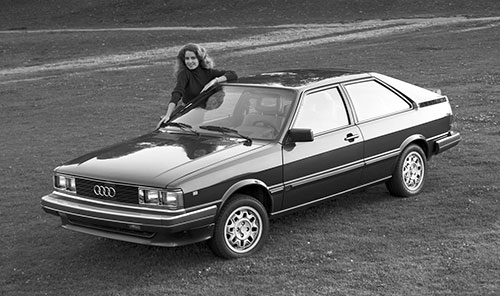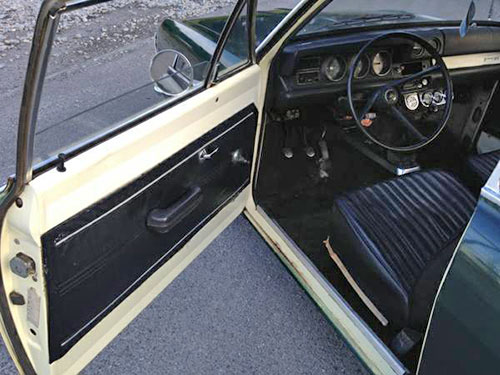Underrated Lookers:
The ’89-’91 Oldsmobile
Cutlass Supreme Coupe

Let’s get a few things out of the way here:
- Am I reaching a bit? Maybe.
- I hate the name. Hate everything about it. As I wrote in my post on car names, it sounds like a pirate’s dessert. Yarrrgh.
- Is it FWD and a turd to drive? Yes and probably.
Still—whenever I come across an ’89-’91 Olds Cutlass Supreme coupe during my commute, I notice it. It’s the proportions that really distinguish it. Examine the car in profile, and a clean, if somewhat boxy teardrop shape emerges. Most of the credit for that goes to the expansive, gently-tapering backlight and the way the rear quarterlights meet the back glass in such a way that they conceal the C-pillar, creating a kind of wraparound “cockpit” look. The nose detailing, too, is very understated and clean. The front overhang is a bit long—thank the Cutlass’ FWD platform for the way the wheels are pushed back—and keeps the car from exhibiting truly European sports sedan proportions, but it’s not a glaring aesthetic flaw in the vein of Chrysler’s cab-forward styling phase. The mounting of the door handles on the B-pillars is an unnecessary touch, but it’s not a debit, and it does clean up the car’s flanks a bit.

The ’89-’91 Cutlass coupe’s cheapness and the fact that it’s a bit of an unsung hero from a design standpoint means more than a few have been uglified and tarted up with all kinds of stripes, stickers and chrome appendages, obscuring the fact that underneath it all, it’s basically a very handsome car. The big Olds coupe underwent a styling refresh for the 1992 model year, in the process adding a dollop of superfluous body cladding and replacing the crisp headlight treatment with an ill-advised “hex-mini-light” design. The proportions are still there, but the details are overdone and distracting. As for the original ’89-’91 Cutlass coupe, it’s a shame it doesn’t get more credit.
Image credits: cardomain.com, edmunds.com
Editor’s note: This post is part of an ongoing series featuring cars whose design we find appealing, in contrast to mainstream opinion. Read the other installments here:


























